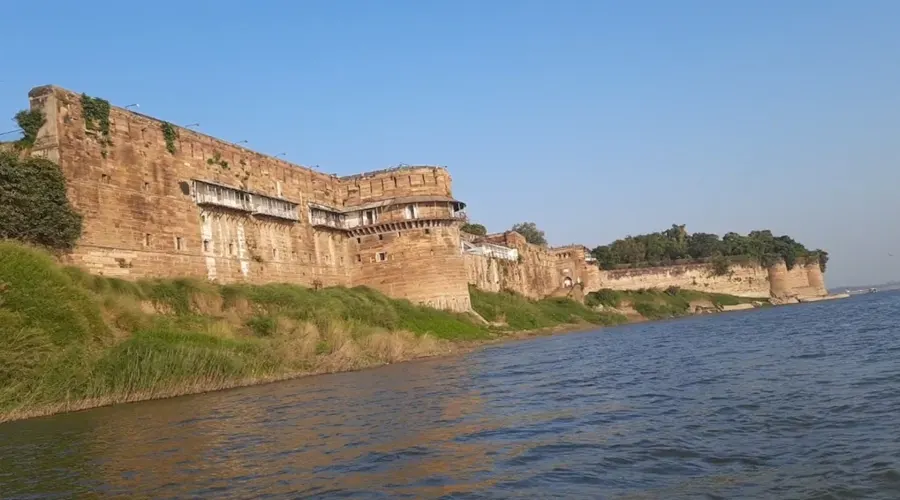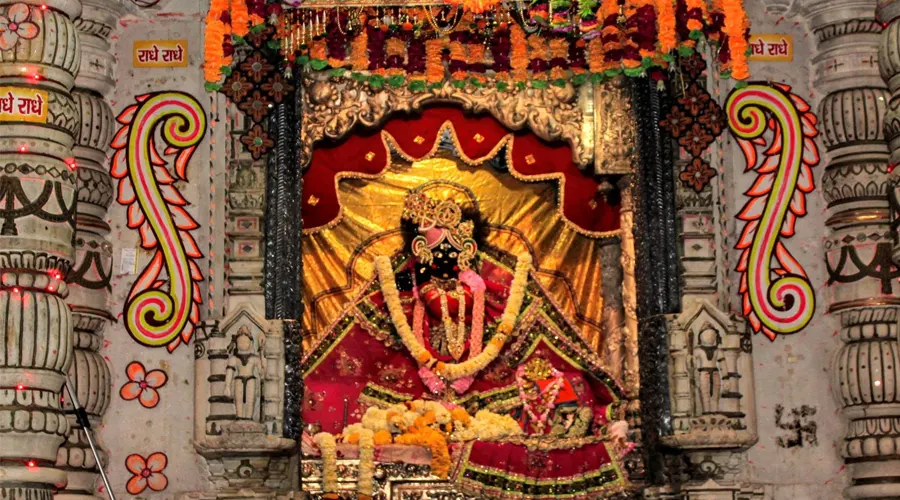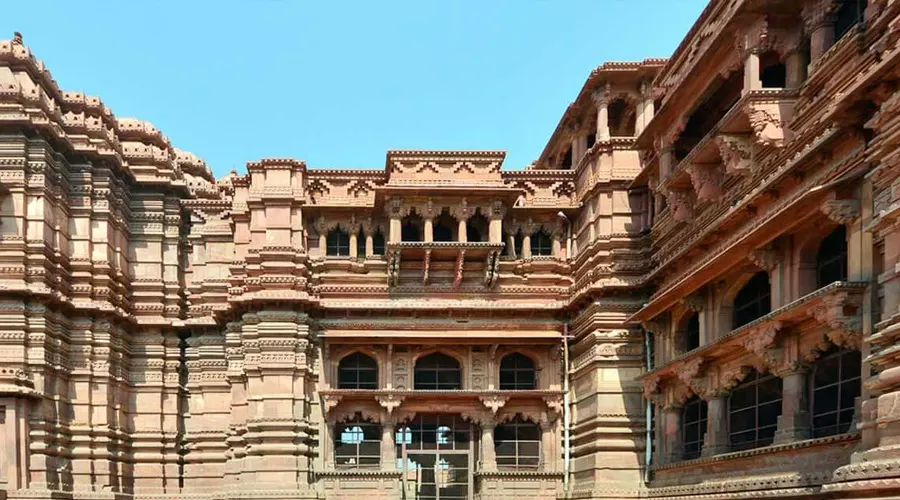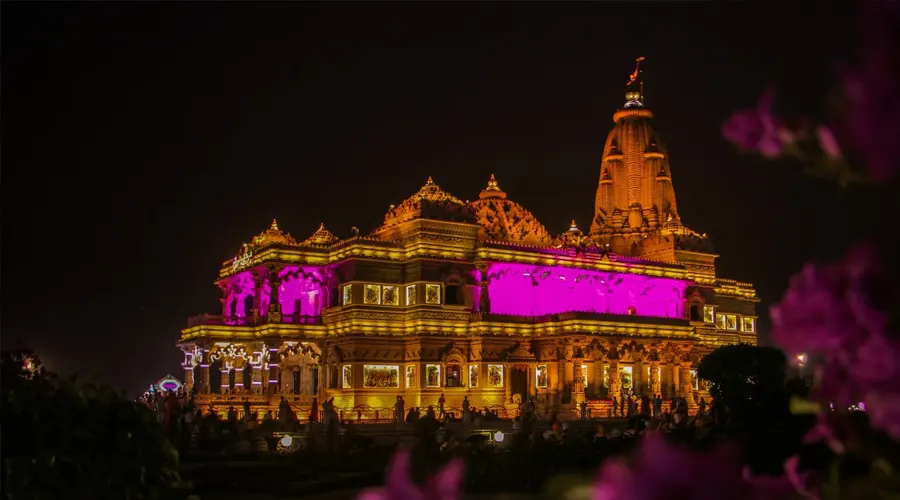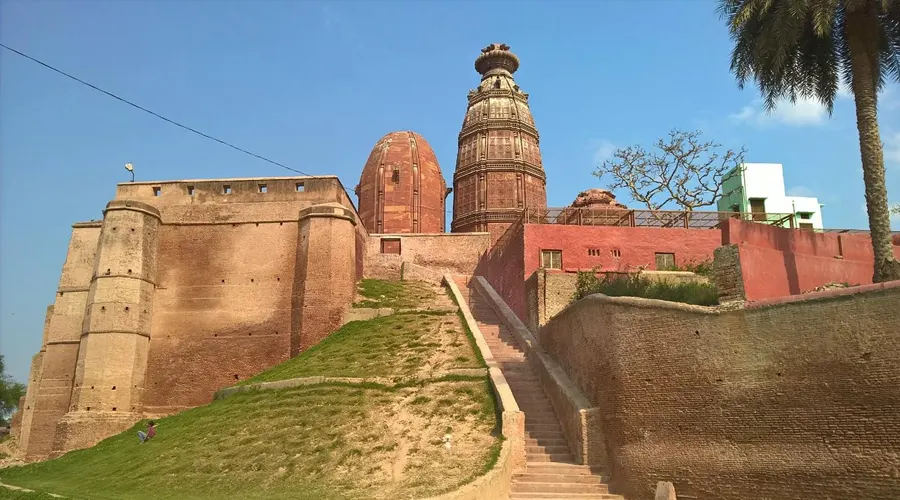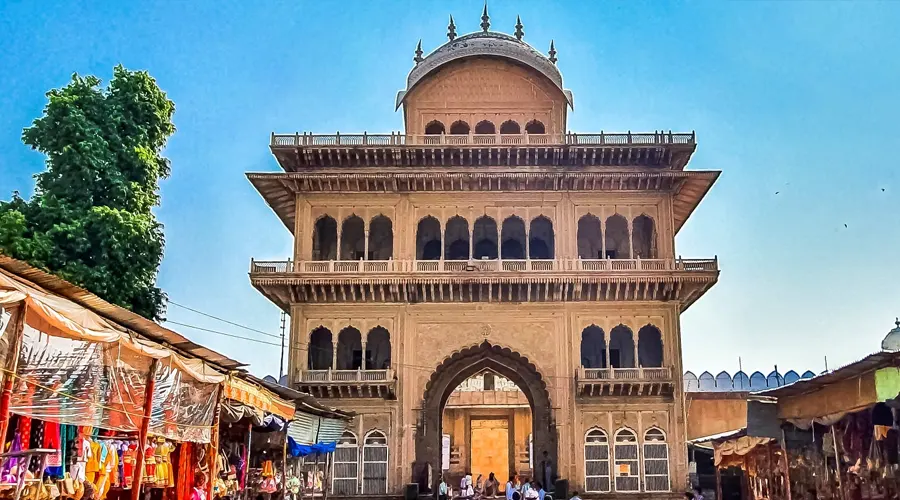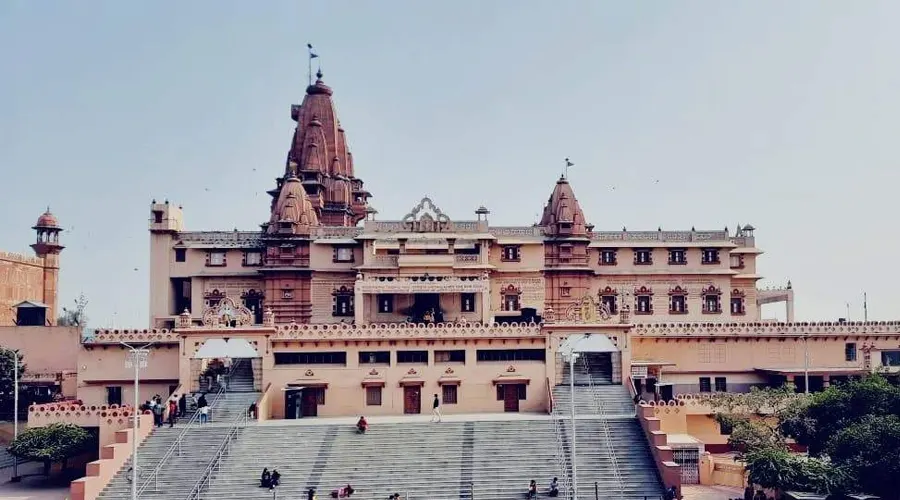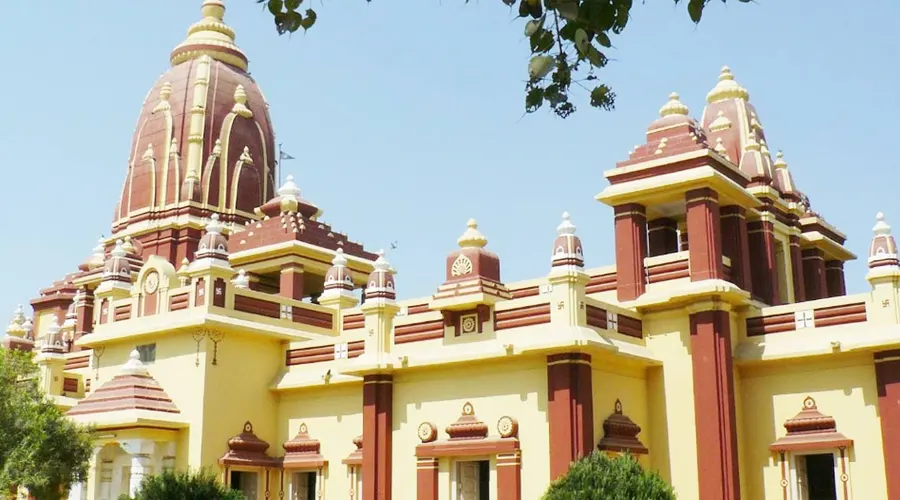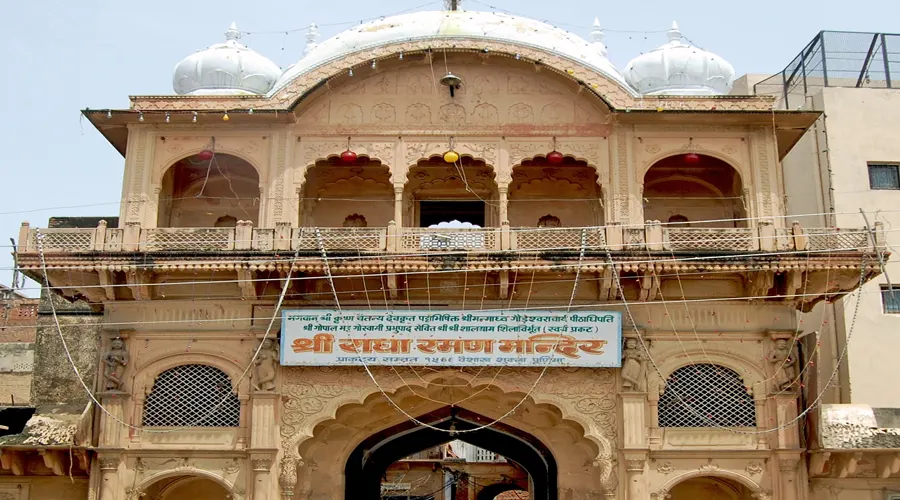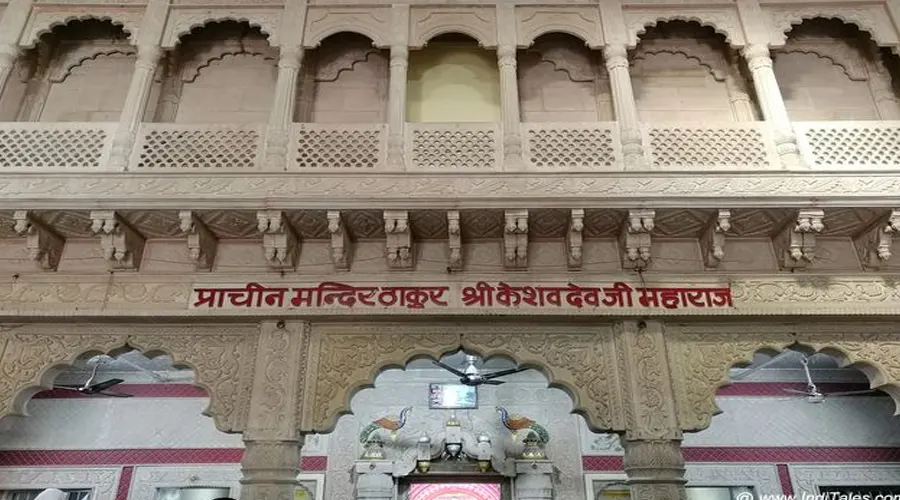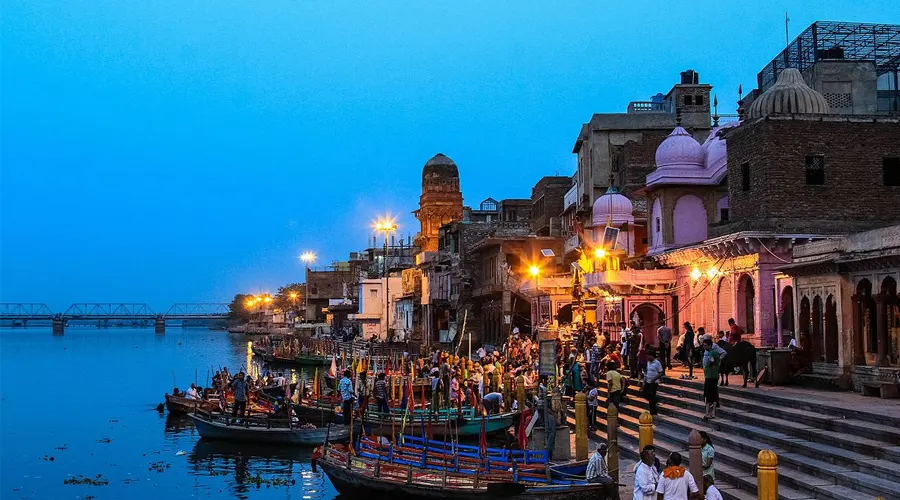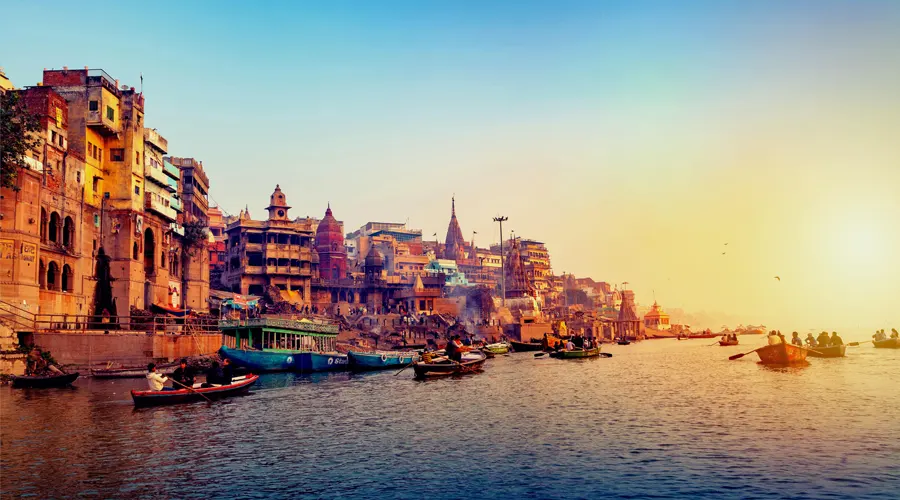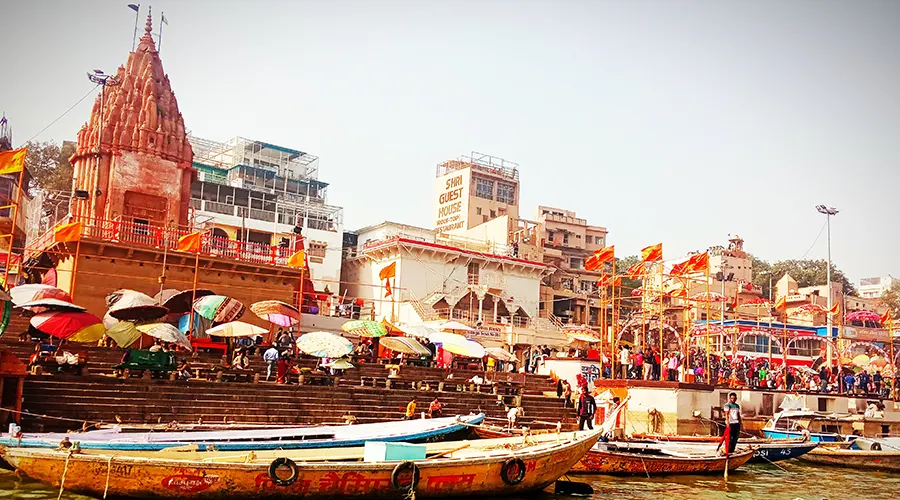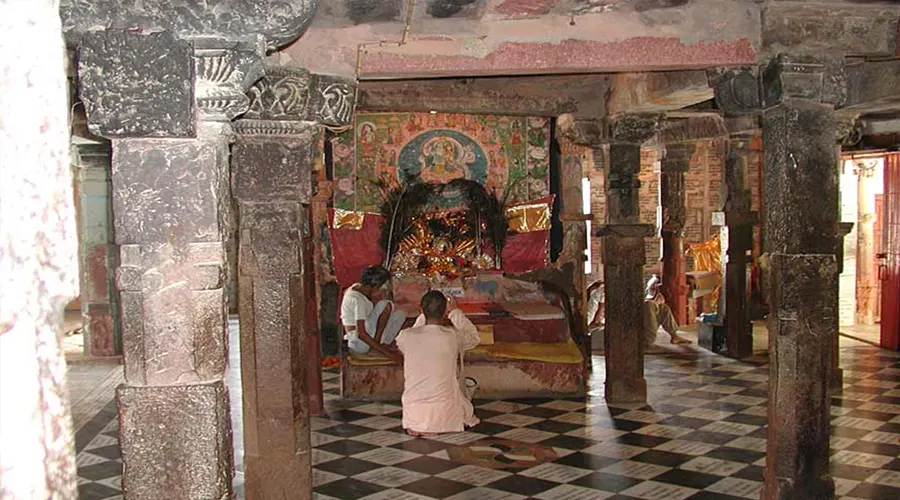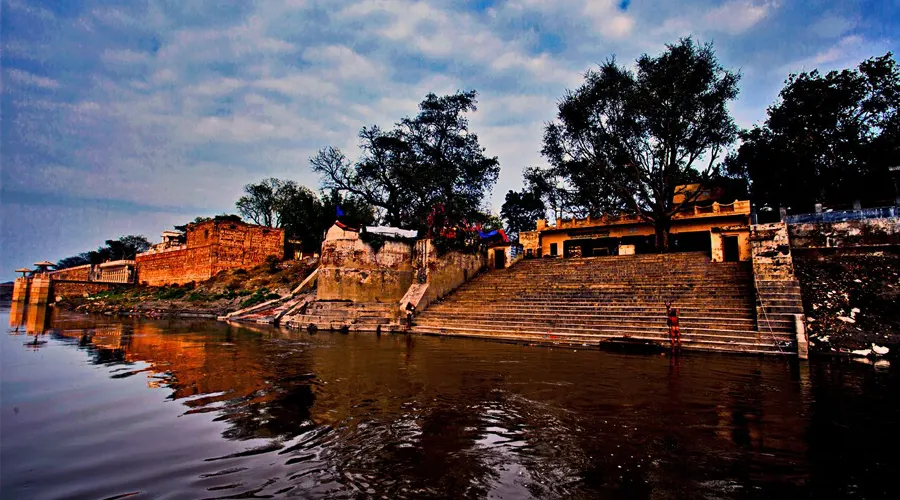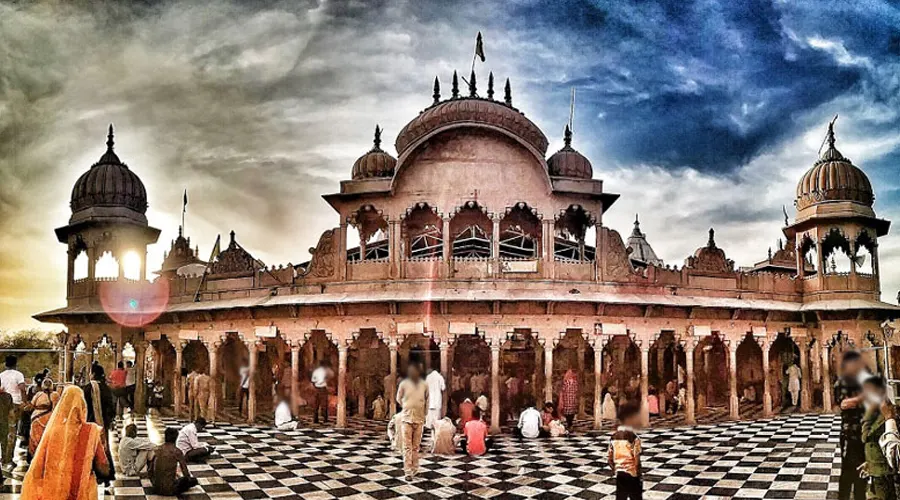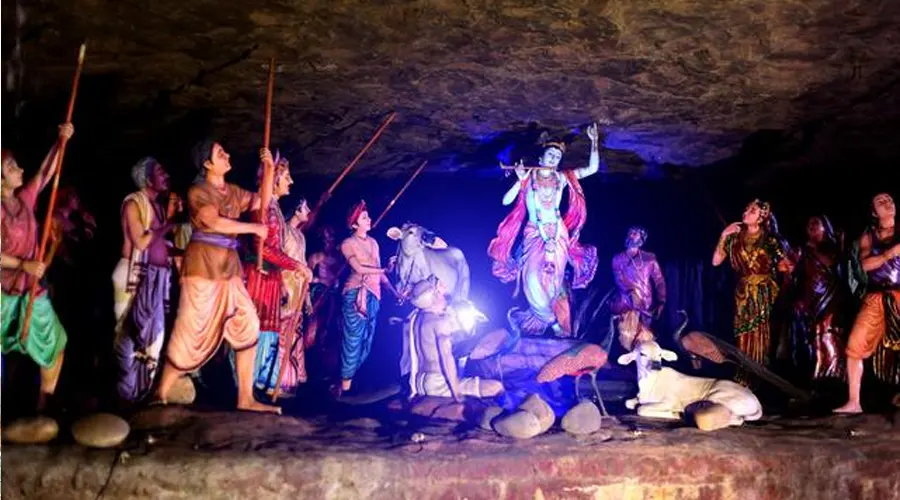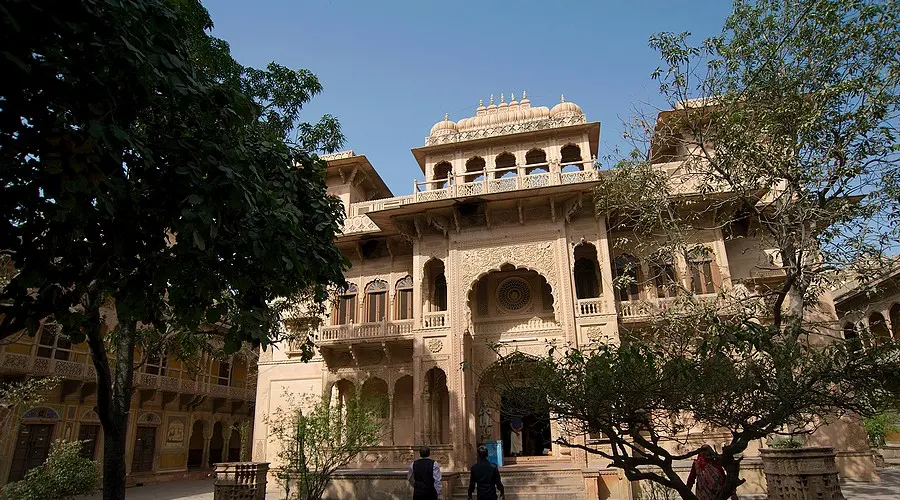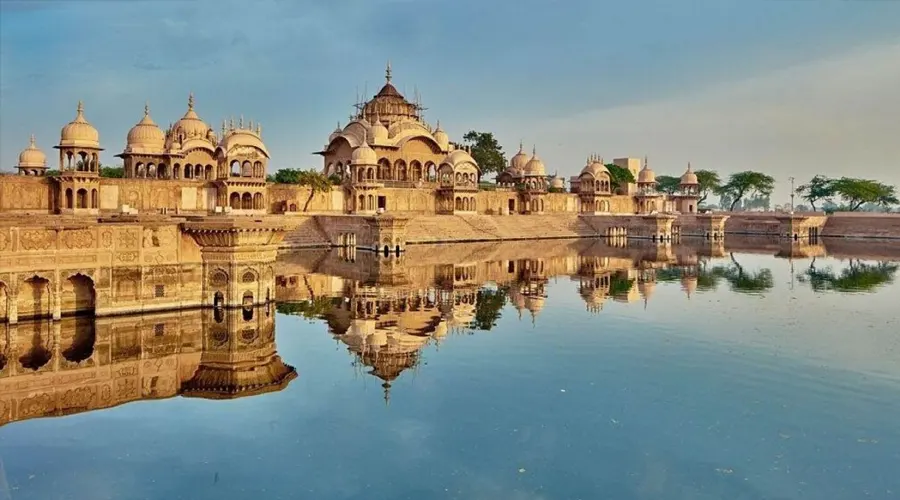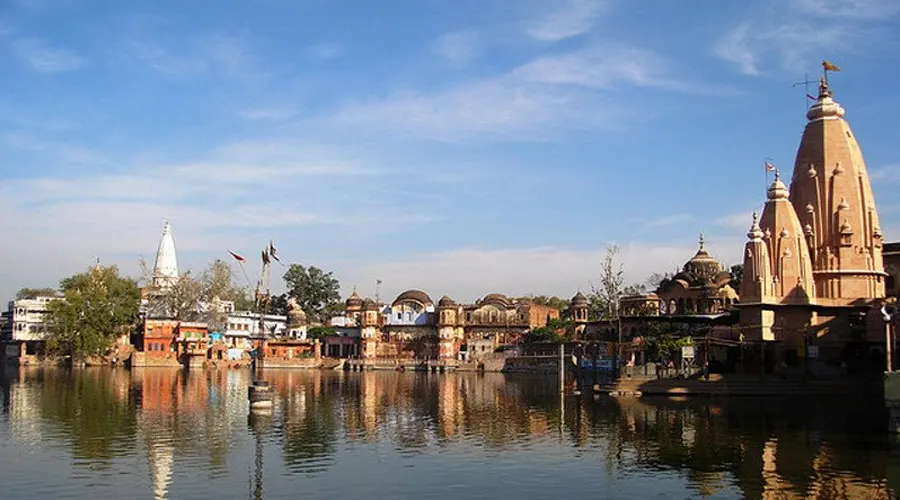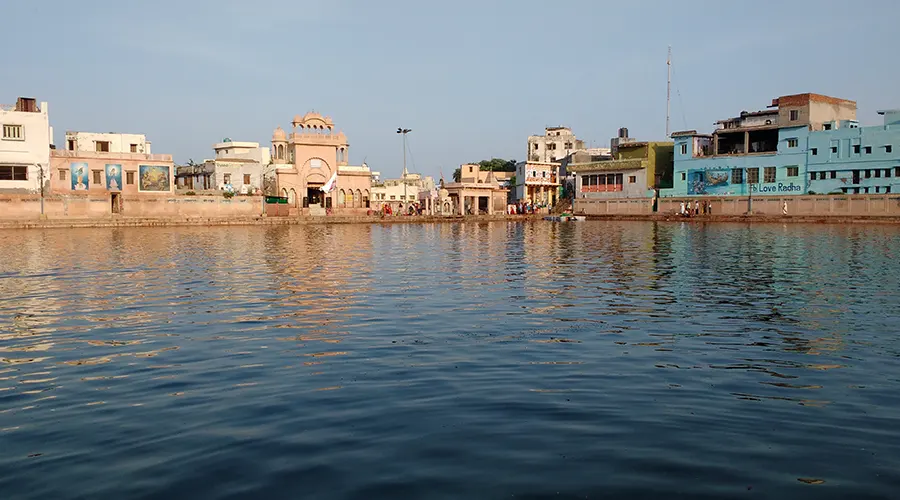Prayagraj Fort
A historical edifice in the city of Prayagraj that still stands tall against the time is Prayagraj Fort. Earlier known as the Allahabad Fort, this historical attraction has been part of the city’s evolution from the Mughal era to the present time. It was the great Mughal Emperor, Akbar who erected this masterpiece in the year 1583 on the bank of River Yamuna.
The unmatchable beauty of this popular tourist attraction in Prayagraj boasts intricate design, magnificent construction, and exquisite craftsmanship. Such is the charm of this place that what was an icon of victory of the Mughal Empire has now become synonymous with the city’s alluring beauty and rich historical past.
A walk on the premises of the fort allows you to explore the beautiful halls and palaces along with the Ashoka Pillar and Saraswati Koop. A 10.6 m high Ashoka Pillar is one of the key highlights of this entire place which traces its history to 232 B.C. Not just this, the pillar is made up of sandstone and boasts various edicts along with a Persian inscription of Jahangir - the fourth Mughal emperor.
Inside the complex of this must-visit tourist place in Prayagraj, three spacious galleries are sided by the high towers. However, visitors can only enter a limited area of the fort as it is now under the authority of the Indian army. One of the most exquisite features of the architecture of Prayagraj Fort is the outer wall which rises above the water edges of River Yamuna.
Along with that, within the fortress, there is located a highly revered sacred site in Prayagraj - Patalpuri Temple which was believed to be visited by Lord Rama. Besides, Akshaya Vat - an ancient sacred Banyan tree is also a renowned holy site in the fort. On a whole, Prayagraj Fort is one of those places in Prayagraj that can’t be ignored while holidaying in the city.
History of Prayagraj Fort
According to a legend, Akbar was told that in his previous life, he was a Hindu hermit. He, once, consumed a cow's hair mistakenly while drinking milk. According to his religion, this act was punishable and he, hence, committed suicide. In his next birth, he was born a non-Hindu and was drawn towards the sacred confluence of the two major rivers of India, the Ganga, and the Yamuna. It was said that this obsession pushed him to get the Allahabad Fort built at that location.
When he became the emperor, Akbar found out that a grand Banyan Tree was used to commit suicide. To stop this practice, he included the tree in the fort premises. Also, building the fort was not as easy as they thought it would be. Every time they built the foundation, it would sink into the sand on the banks of the river. Akbar was advised to sacrifice a human to complete the ritual and break the curse.
A local Brahmin sacrificed his life at will, and the fort was constructed without any more issues. The family of the Brahmin is said to have granted exclusive rights to servicing the pilgrims visiting the region.
Architecture of Prayagraj Fort
The Allahabad Fort consists of massive walls, towers, a temple, and a large palace. There are three gateways to enter and exit the fort. The interior of the Palace has been decorated with Hindu and Muslim artistry.
The temple inside the fort premise is an underground temple that can be accessed by a small entry in the eastern wall of the fort. The famous Akshayavat tree is also on the premise near the Patalpuri Temple. There is also a 10-meter-tall Ashoka Pillar that was installed in 232 BC that has the inscription of Emperor Jahangir.

